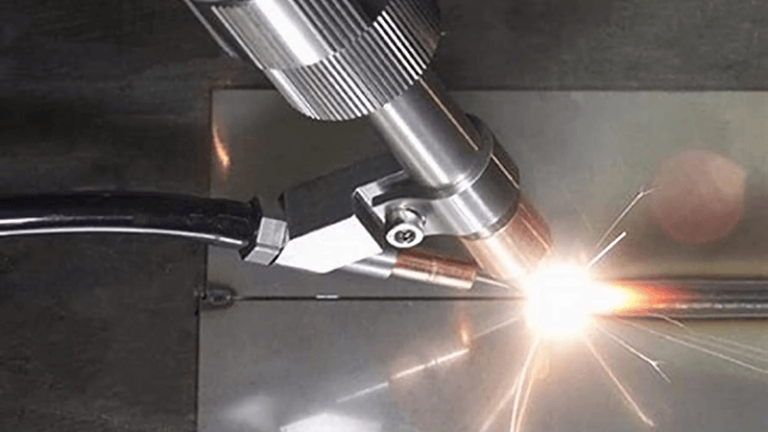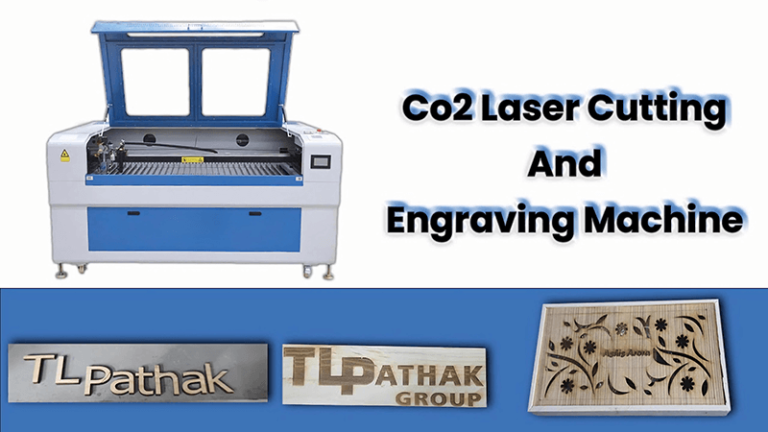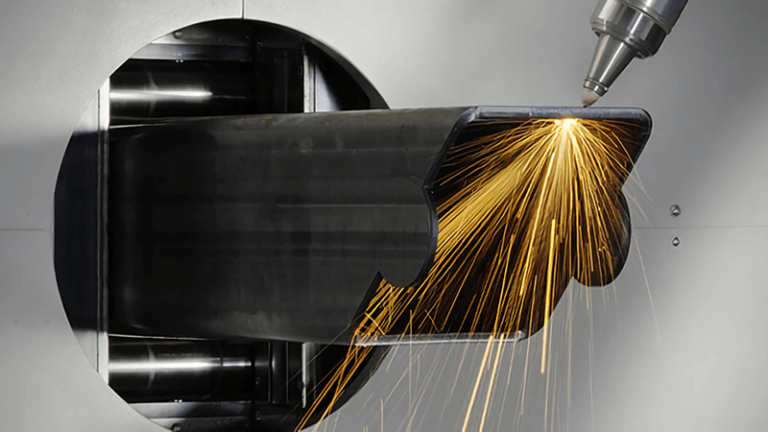Handheld laser marking machines have revolutionized the marking industry by offering portability, precision, and versatility. These compact devices allow operators to perform on-site marking with ease, making them essential for various industries that require high-quality, permanent marks. But what exactly is a handheld laser marking machine, and how does it work?
Handheld laser marking machines use a focused laser beam to etch permanent markings on different materials. Their portability, precision, and adaptability make them ideal for a wide range of applications in industries like automotive, manufacturing, and electronics. These devices are designed for on-site operations, eliminating the need to move parts.
As we dive deeper into the functionality of these devices, let's explore their core mechanics, how they work, and why businesses, like Kirin Laser, are making them a pivotal part of their operations.
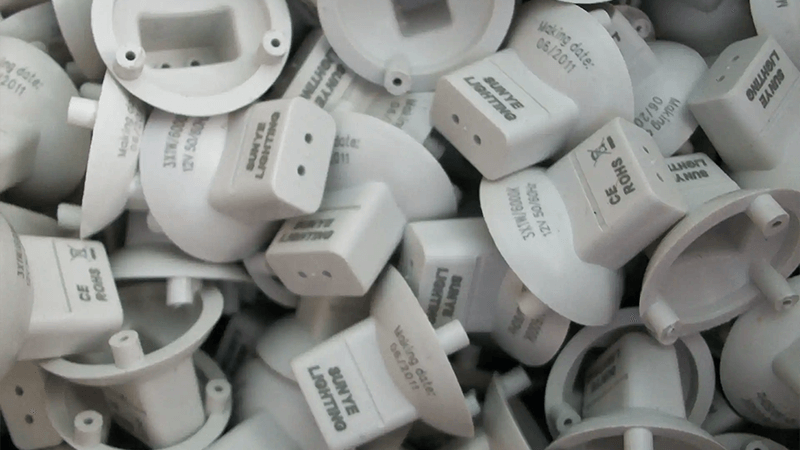
What is a Handheld Laser Device?
A handheld laser device is a portable tool that uses a laser beam to mark, engrave, or etch various materials. Unlike traditional stationary machines, these devices are designed for mobility, providing users with flexibility in different work environments. But what makes handheld laser devices stand out from other marking equipment?
Handheld laser devices operate by emitting a concentrated laser beam that is directed onto the surface of a material. This beam interacts with the material, leaving a permanent mark. The mobility and precision of these devices make them ideal for marking parts in industries like automotive and aerospace.
A handheld laser device works by focusing a high-powered laser beam onto a material's surface. The laser's energy melts or vaporizes the material, creating a permanent mark. What makes handheld devices unique is their portability and versatility. Operators can move the laser beam across parts or surfaces without the need for complex setups or expensive machinery. This ability allows manufacturers to mark parts on-site, without the need for relocation.
Key Features of Handheld Laser Devices:
- Portability1: They are lightweight and easy to maneuver, making them ideal for on-the-go tasks.
- Precision: Handheld lasers offer high precision, ensuring clear and accurate markings every time.
- Versatility: These devices can be used on various materials like metals, plastics, ceramics, and wood.
In industries such as automotive manufacturing, parts often can't be moved due to their size or weight. This is where handheld laser devices2 shine. They allow workers to mark these parts on-site, saving time and increasing productivity.
Handheld laser devices are also easy to integrate into existing workflows, as they require less space and maintenance than stationary machines. This makes them an attractive option for businesses that need to quickly scale their operations without a significant investment in infrastructure.

Do Handheld Laser Devices Work?
Many wonder if handheld laser devices can perform as efficiently as stationary machines. The answer is yes. These devices combine portability with the same high-quality marking capabilities, offering precision and speed. But how exactly do they compare to traditional laser machines?
Handheld laser devices work by using a concentrated laser beam that interacts with materials to create permanent marks. Their performance is comparable to that of stationary laser machines, with the added benefit of mobility. Whether for industrial applications or small production runs, handheld lasers provide the flexibility needed for modern operations.
The primary advantage of handheld laser devices3 is their ability to combine precision with mobility. While traditional stationary laser machines are great for large-scale production, they lack the flexibility that handheld lasers offer. These devices perform similarly in terms of power and precision, but their ergonomic design allows operators to work directly on-site without having to move parts around.
Efficiency and Precision:
- Comparable Power: Handheld lasers can achieve the same high energy output as stationary models, ensuring consistent results.
- Precision: Handheld lasers are designed to etch or engrave with high accuracy, making them suitable for a variety of applications.
- Speed: The speed of handheld lasers is impressive, allowing for rapid marking of items, even in high-volume settings.
For instance, in automotive manufacturing, large parts often cannot be easily moved to a fixed marking machine. With handheld lasers, workers can mark these parts on-site, which eliminates the need for part relocation and increases operational efficiency4. This flexibility not only saves time but also improves traceability and compliance with industry standards.
Ultimately, the performance of handheld laser devices is on par with stationary machines, offering both high precision and increased mobility, which is invaluable in today's fast-paced industries.
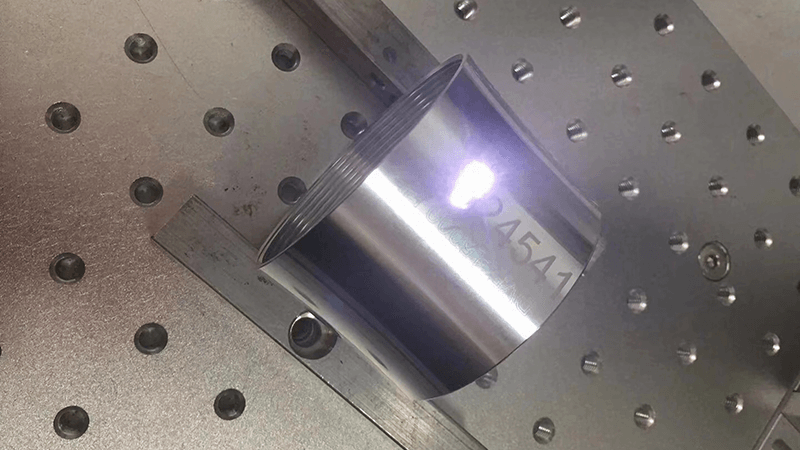
How to Choose a Laser Marking Machine?
Choosing the right laser marking machine can be overwhelming given the variety of options available. Whether you're looking for a handheld or stationary model, several factors must be considered. But how can you make the right choice for your needs?
When choosing a laser marking machine, consider factors such as the type of materials you’ll be marking, the required precision, and the volume of production. Handheld devices are ideal for on-site, flexible operations, while stationary machines are suited for larger-scale, high-volume production runs.
Selecting the right laser marking machine5 depends on your specific needs. For businesses like Kirin Laser, offering both handheld and stationary options provides a flexible range of solutions for various industries.
Key Factors to Consider:
- Material Compatibility: Some machines are better suited for metals, while others are designed for plastics or ceramics. Understanding the materials you’ll work with will help determine which machine is best.
- Production Volume: If you need to mark large volumes of items, a stationary machine might be more suitable. However, for smaller production runs or on-site marking, a handheld device may be ideal.
- Precision Requirements: If your business requires extremely detailed markings, make sure to choose a machine that offers high precision. Both handheld and stationary models can deliver excellent precision, but it's important to match the machine’s capabilities with your requirements.
At Kirin Laser, we provide customizable solutions, whether you’re looking for a handheld laser marking machine for flexibility or a larger stationary model for high-volume tasks. Choosing the right machine also depends on the level of technical support and after-sales services you require. Kirin Laser6 prides itself on offering top-notch customer service to ensure the machines perform at their best.

What Materials Are Used for Laser Marking?
Laser marking machines are versatile and can be used on various materials. But which materials are best suited for laser marking, and how does the process differ across them?
Laser marking machines can mark a wide range of materials, including metals, plastics, ceramics, and wood. Each material requires specific settings to achieve optimal results, ensuring that the marks are permanent and precise.
The versatility of laser marking machines7 is one of their standout features. These machines can mark a broad array of materials, making them indispensable across different industries.
Common Materials for Laser Marking:
- Metals: Laser marking is commonly used for metals like steel, aluminum, and titanium. The process creates permanent marks without affecting the material’s integrity.
- Plastics: Laser marking on plastics is used for engraving logos, barcodes, and serial numbers. The marks are clean, precise, and durable.
- Ceramics and Glass: Lasers can etch intricate designs on ceramics and glass, which is particularly useful in industries like electronics and luxury goods.
- Wood: Wood can be engraved and marked with lasers to create decorative patterns or labels. The markings are highly detailed and permanent.
The material you work with will dictate the type of laser marking machine8 you choose, as some lasers are better suited to certain materials than others. At Kirin Laser, we offer machines designed for a wide range of materials, ensuring that every marking job is done efficiently and with the highest quality standards.
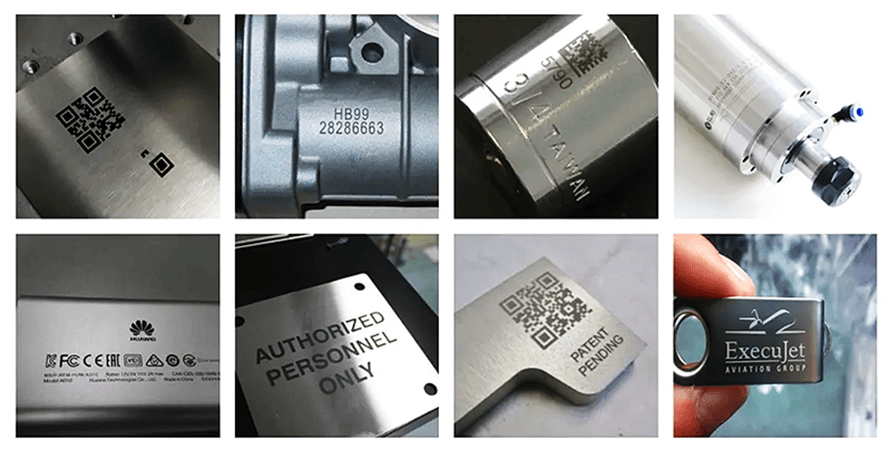
Conclusion
Handheld laser marking machines9 have transformed the way industries approach marking, engraving, and etching tasks. Their portability, precision, and adaptability make them an invaluable tool for manufacturers looking for flexibility and high-quality results. Whether for on-site marking or high-volume production, these devices provide a versatile solution that is changing the face of modern manufacturing.
-
Discover why portability is a key feature that makes handheld laser devices ideal for on-site tasks and versatile applications. ↩
-
Explore this link to understand how handheld laser devices enhance efficiency and precision in various manufacturing processes. ↩
-
Explore this link to understand how handheld laser devices enhance efficiency and precision in various industries. ↩
-
Discover insights on how handheld lasers streamline processes and boost productivity in manufacturing settings. ↩
-
Explore this link to find comprehensive reviews and comparisons of laser marking machines tailored to various materials. ↩
-
Discover why Kirin Laser is a top choice for laser marking solutions, offering both flexibility and excellent customer service tailored to your needs. ↩
-
Explore this link to understand how laser marking machines enhance efficiency and precision across various industries. ↩
-
Discover which laser marking machine is best suited for your specific material to ensure efficient and high-quality results. ↩
-
Find the best laser marking machine and laser marking solutions from Kirin laser, clicking this link to get all your needs. ↩


